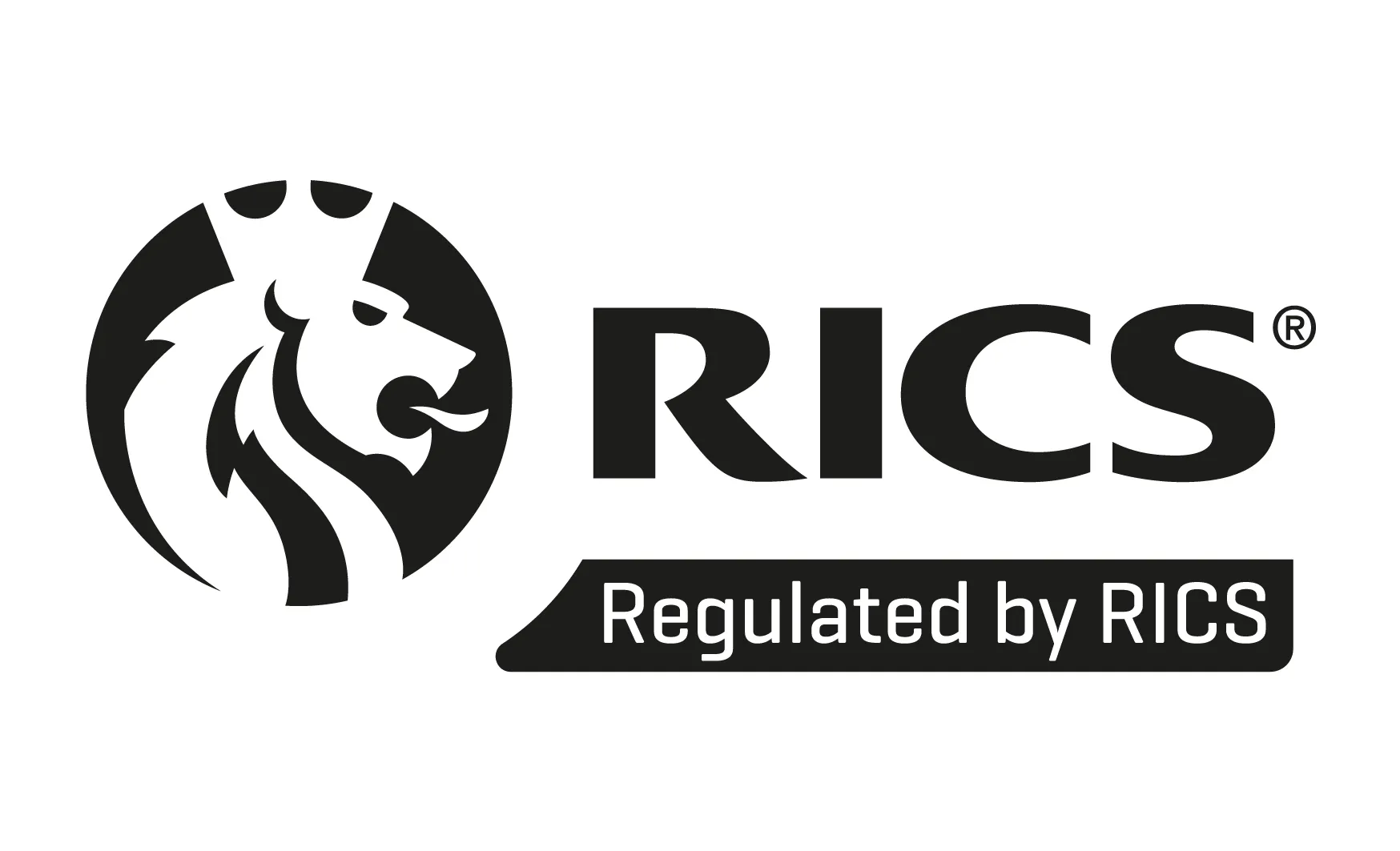Alright, here’s a no fluff, practical breakdown of the key taxes every serious real estate investor should know. Skip the usual jargon and let’s get into the essentials, keeping more of what you make is the name of the game.
Key Taxes Every Real Estate Investor Should Know
Income Tax: If you’re in the buy-to-let game, your rental income isn’t just free cash flow. You’re taxed on it. You’ll need to declare this income on your self-assessment tax return. Tax rates are tiered: 20% if your income’s under £50,270, 40% for income between £50,271 and £150,000, and 45% above that. The taxman always gets his cut, so know your brackets and plan.
Capital Gains Tax (CGT): Sell a property that’s not your main residence, and CGT comes into play. For residential properties, expect to pay 18% if you’re a basic-rate taxpayer and 28% if you’re a higher or additional-rate taxpayer. Non-residential (like commercial property) is a bit lower—10% or 20%. Plan ahead; knowing the CGT rates can make a big difference to your bottom line.
Stamp Duty Land Tax (SDLT): Anytime you buy property, SDLT is there, scaling up based on property value. For residential:
- Up to £250,000: 0%
- £250,001 to £925,000: 5%
- £925,001 to £1.5 million: 10%
- Above £1.5 million: 12%
Buy-to-let and second homes? Add 3% on top. It’s a decent chunk, so factor it into your ROI calculations.
Inheritance Tax (IHT): IHT kicks in when passing on your estate, with a standard rate of 40%. The first £325,000 is tax-free, and anything passed to a spouse or civil partner is usually exempt. Certain reliefs, like Business Property Relief, could also help if you play it right.
Value Added Tax (VAT): VAT doesn’t usually apply to residential properties but can for commercial ones, especially with rentals or sales. VAT rates are 20% standard, but there are ways to structure commercial deals to be VAT efficient.
Tax Benefits You Can Leverage as a Real Estate Investor
Mortgage Interest Relief Mortgage interest relief shifted in 2020. Now, it’s a tax credit set at 20% instead of a direct deduction. High-rate taxpayers might find this less advantageous, but it’s still part of the game. Knowing this change lets you better align property income taxation with other income sources.
Property Allowance Earn up to £1,000 in rental income per year, tax-free. Above this, you can either deduct actual expenses or claim the allowance. If you’re playing it small, this one’s straightforward, but every little bit helps.
Capital Gains Tax (CGT) Reliefs
Private Residence Relief (PRR): If the property was your primary residence, you’re generally exempt from CGT on gains. Even if you rented it out later, partial relief could still apply.
Letting Relief: Since 2020, letting relief is limited to specific situations—like renting part of your main residence or renting to family.
Replacement Relief The wear-and-tear allowance got scrapped in 2016, replaced by replacement relief. Now you can only deduct costs for replacing, not buying, furniture or appliances. It’s more targeted, but it’s an opportunity to trim your taxable income.
Business Rates Relief (Commercial Properties)
- Small Business Rates Relief: Up to 100% relief if your rateable value is under a set threshold (usually £12,000).
- Rural Rates Relief: Same as above but specific to rural locations.
- Charity Relief: Properties used by charities can get significant relief.
Smart Tax Strategies for Real Estate Investors
Using Tax-Efficient Structures Look into holding properties through a Limited Company. Advantages:
- Lower Tax Rates: Corporation tax at 19% (2024 rate), which is less than higher-rate personal tax.
- Deductible Costs: A company can write off expenses like salaries, pensions, and other business costs.
- Income Splitting: Split shares among family members to use personal allowances and lower tax bands.
Yes, this setup has admin costs and reporting requirements. But for serious portfolios, it’s worth crunching the numbers with an advisor.
Maximise Personal Allowances Splitting property ownership with family members or using tax-efficient accounts is key to keeping taxes low. Here are some options:
- Gifting Property: Transfer ownership to a spouse in a lower tax band.
- ISAs: Not directly for property, but using ISAs for related investments can free up more cash for real estate.
Timing for Capital Gains
- Annual Exemptions: Use your annual CGT allowance (£6,000 for 2024/25). Stagger sales to maximize this.
- Asset Transfers: Shifting assets to a spouse can help split the CGT load and keep more of your profit.
Inheritance Tax Planning Keep wealth intact by planning for IHT:
- Gifting: You can give up to £3,000 a year, tax-free.
- Trusts: Helps control how property is passed on, potentially reducing IHT.
- Business Property Relief: If your property’s in a trading company, this could mean less tax.
Bottom Line
Property investing has its share of tax rules and loopholes. Get strategic about which reliefs and deductions to use, whether you’re building a family legacy or just keeping more profit in your pocket. Partnering with a solid tax advisor is a no-brainer—use every tool in your box and stay compliant to optimise your returns.












